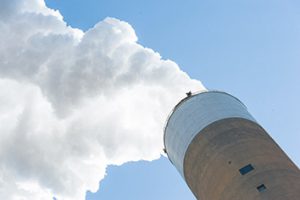States set to hit Facebook, Google with new antitrust probes
Two bipartisan groups of state attorneys general are launching separate antitrust investigations into Facebook and Google, adding to regulatory scrutiny of two of the world’s largest and most ubiquitous tech companies.

